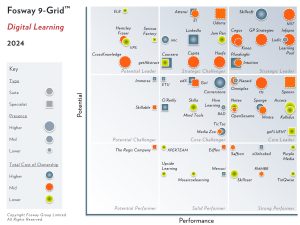Another week, another piece of strangely named web terminology to get to grips with. Recently there’s been a lot of talk about “the Cloud”. You may not be familiar with the phrase, but the chances are that you’re already using it.
In broad terms the Cloud refers to the Internet in general. The name apparently derives from the squiggly cumulus type design used to represent the Internet on network diagrams or system plans. The concept of a cloud has more importance than that though. It also represents the idea that the user can’t, or doesn’t need to see the inner workings of what’s on the web. The technical details are obscured in the fog. All they need to know is that it’s “in the Cloud”.
So what does this mean in practice? A good example of an application that exists in the Cloud is web mail. Where do you keep your emails? In the past you’d probably have an application installed on your PC where you’d write and store your emails. Now, it’s more likely that this will be done completely online. Not only are your emails kept online, (meaning that they can be accessed from anywhere) but the application has also disappeared. You don’t have to install anything on your PC, so you don’t need to worry about disk space or system specification – you just need to be able to access the Internet, or rather the Cloud. And, as a user, you don’t need to worry about where everything’s kept or how it works – you can just get on with using it. Suppliers of these kinds of online applications tend to refer to them as Software as a Service (SaaS), referring to the fact that the software is no longer an object you own, but rather a service that comes bundled with support, hosting, and unlimited access.
From a business point of view, the Cloud also makes a lot of sense. If the applications your employees use are now completely online, you can drasticaly reduce server space, PC specifications and IT support, among other things. You can also scale quickly and easily; if you need to make an application available to more users, you don’t need to install more software – you just buy more licenses to the service. If an employee leaves, then you can cancel their license and the cost is gone. For example, the client relationship application Sales Force has been an industry leader in this SaaS approach with great success and millions of users world wide. The ubiquity of the information held within the system, the fact that no software or hosting is needed by the user and the fact that other applications (such as iPhone apps) can easily link into the service have all lead to the success of Sales Force. In particular, SaaS is especially liked by small to medium size businesses that may not have the infrastructure to support a locally hosted alternative.
So how does this effect e-learning? In many ways e-learning is well suited to this approach. LMSs are, in a way, an example of SaaS, or the similar PaaS (Platform as Service). They hold training materials and learning records in an online location and allow users to access them from anywhere, without the need for further software. However, often these are hosted internally by companies, or are tailored and hosted specifically for a single organisation. This limits the ubiquity that makes SaaS applications successful with all users, especially smaller companies. LMSs also generally lack the connectivity that good SaaS applications support. In the ideal learning cloud, LMSs would allow data to be exchanged with a number of disparate learning sources, such as videos, presentations, documents etc. found all over the web, not just traditional courses hosted on the LMS itself. This would allow companies to start formalising informal training and capitalise on learners’ appetite for obtaining information from various sources across the web.
Cloud computing and SaaS are already shaping the way we work and are set to change it further in the future. e-Learning is bound to be affected by this too. These are my thoughts on the subject, but what are yours? Comment below if you have ideas on what these changes may be.




